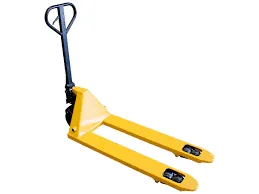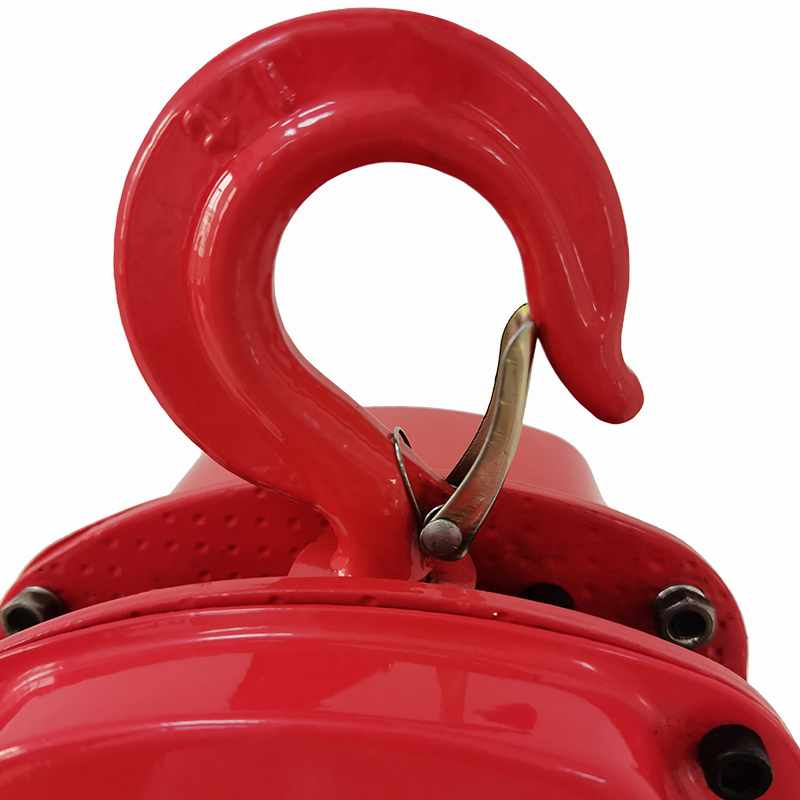Fall protection is an essential safety measure in various industries, especially in construction, roofing, and maintenance. As an expert in workplace safety with years of experience, I understand the importance of selecting the right fall protection types for different environments. Comprehensive knowledge of fall protection systems not only ensures compliance with regulations but also significantly reduces the risk of workplace accidents.

Various fall protection types serve unique purposes.
The first category comprises Passive Fall Protection Systems. These systems are designed to provide continuous protection by preventing access to fall hazards. Guardrails, for instance, are a common passive fall protection method, creating a physical barrier between the worker and the edge. They serve a crucial preventive role—instead of arresting a fall, they stop it from happening altogether. Another example includes safety nets, which are used in construction sites to catch those who might fall from heights, providing an extra layer of safety beneath elevated work areas.
Active Fall Protection Systems involve the use of personal protective equipment (PPE) that workers must actively engage with. Full-body harnesses are integral to these systems, working in conjunction with other components such as lanyards and lifelines. These tools ensure that if a fall occurs, the impact on the body is minimized, reducing the risk of serious injury. Importantly, these systems must be meticulously maintained and properly fitted to each worker to ensure efficacy and safety.

Fall Restraint Systems are another critical type, preventing workers from reaching a potential fall hazard area. These systems employ harnesses that are anchored to prevent the user from moving into zones where a fall could occur. Restraint systems are essential when there's a need to limit mobility without restricting the worker’s ability to perform tasks, thereby maintaining productivity and safety alike.
In case prevention measures fall short, Fall Arrest Systems come into play by stopping a fall that has already begun. Unlike fall restraint systems, fall arrest systems allow for a fall to occur but control the distance and impact. They often involve anchorage, a body harness, and connectors, sometimes incorporating shock-absorbing devices that further diminish the forces exerted on a body during a fall.
There's also the often-overlooked Administrative Controls category, involving processes and procedures designed to increase awareness and provide adequate training. Well-trained employees who are aware of the risks and proficient in using safety equipment form the backbone of any comprehensive fall protection strategy. Regular safety audits, scenario-based training, and clear communication are vital components of these controls.
fall protection types
Innovations in fall protection technology have brought about advanced systems like Self-Retracting Lifelines (SRLs). Unlike traditional lanyards, SRLs provide greater mobility and automatically lock to stop a fall, offering both efficiency and safety—ideal for dynamic work environments where mobility is key.
Moreover, modern workplaces increasingly adopt integrated safety monitoring systems. Smart technology and wearables can now monitor a worker's position and vitals, providing real-time data to safety managers. These systems can predict potential risks and alert workers before a mishap occurs, transforming reactive safety measures into proactive solutions.
In selecting fall protection types, it is crucial to assess the specific needs of the workplace. This involves conducting thorough hazard assessments and choosing systems that not only comply with Occupational Safety and Health Administration (OSHA) standards but also cater to the unique operational requirements of the job at hand.
The trustworthiness and authority of fall protection systems lie in their compliance with rigorous testing and certification. Products that meet international standards, such as those set by ANSI (American National Standards Institute), should be prioritized to ensure maximum safety and reliability in real-world applications.
In conclusion, understanding the various types of fall protection systems and their appropriate applications enhances workplace safety, boosts productivity, and fosters a culture of responsibility and awareness. By prioritizing the right mix of passive, active, restraint, arrest, and administrative controls, companies can achieve a higher standard of safety and protect their most valuable asset their workforce.








